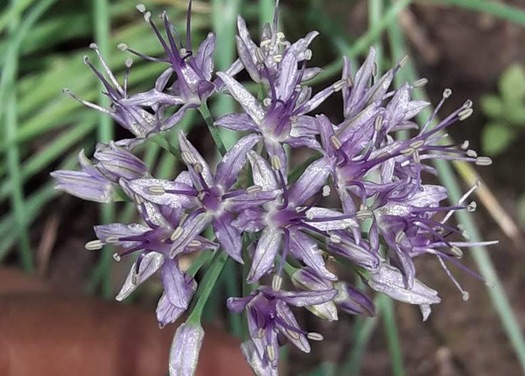The genus Allium contains about 1,100 species worldwide, including many staple foods like onion, garlic, scallion, shallot and chives. Even though this group of vegetables has been making appearances at family dinners for centuries, it turns out that it is a long way from running out of surprises, as a group of researchers from India recently found out.
In 2019, Dr. Anjula Pandey, Principal Scientist at ICAR-National Bureau of Plant Genetic Resources in New Delhi, together with scientists, Drs K Madhav Rai, Pavan Kumar Malav and S Rajkumar, was working on the systematic botany of the genus Allium for the Indian region, when the team came across plants of what would soon be confirmed as a new species for science in the open-access journal PhytoKeys.
The plant, called Allium negianum, was discovered in the Indo-Tibetan border area of Malari village, Niti valley of Chamoli district in Uttarakhand. It grows at 3000 to 4800 m above sea level and can be found along open grassy meadows, sandy soils along rivers, and streams forming in snow pasture lands along alpine meadows (locally known as “bugyal” or “bugial”), where the melting snow actually helps carry its seeds to more favourable areas. With a pretty narrow distribution, this newly described species is restricted to the region of western Himalaya and hasn’t yet been reported from anywhere else in the world. The scientific name Allium negianum honours the late Dr. Kuldeep Singh Negi, an eminent explorer and Allium collector from India.
Although new to science, this species has long been known under domestic cultivation to local communities. While working on this group, the research team heard of phran, jambu, sakua, sungdung, and kacho – different local names for seasoning onions. According to locals, the one from Niti valley was particularly good, even deemed the best on the market.
So far only known from the western Himalaya region, Allium negianum might be under pressure from people looking to taste it: the researchers fear that indiscriminate harvest of its leaves and bulbs for seasoning may pose a threat to its wild populations.















